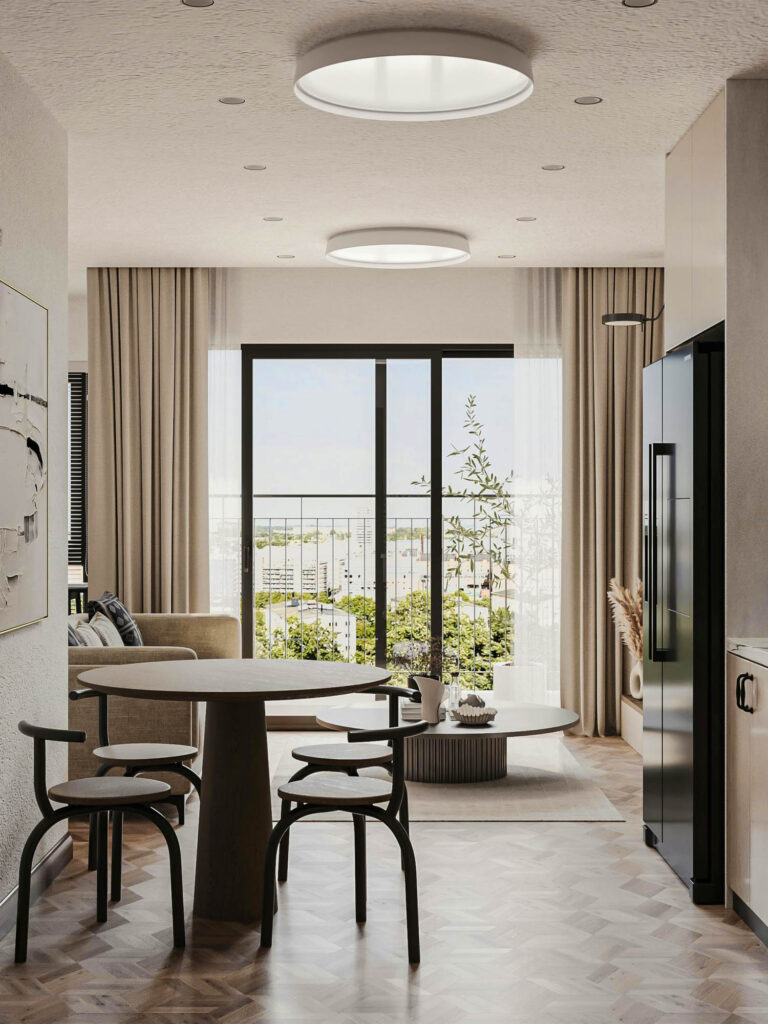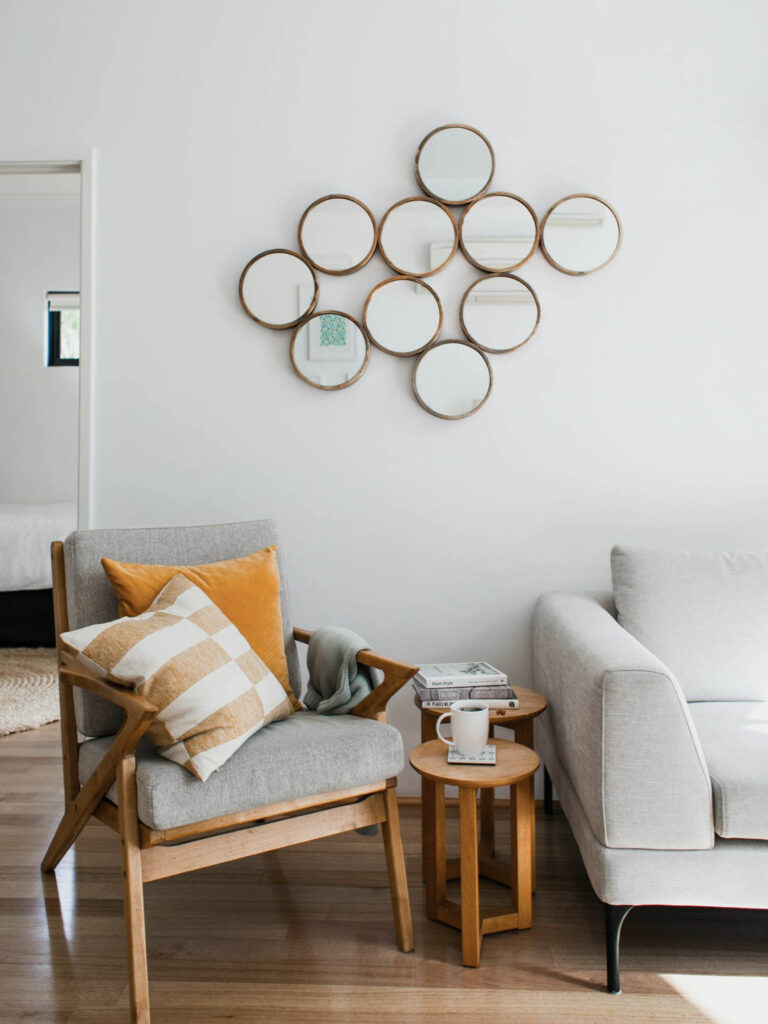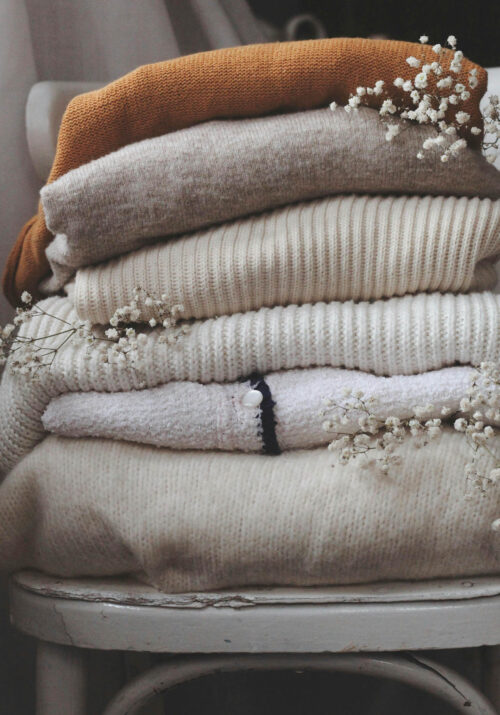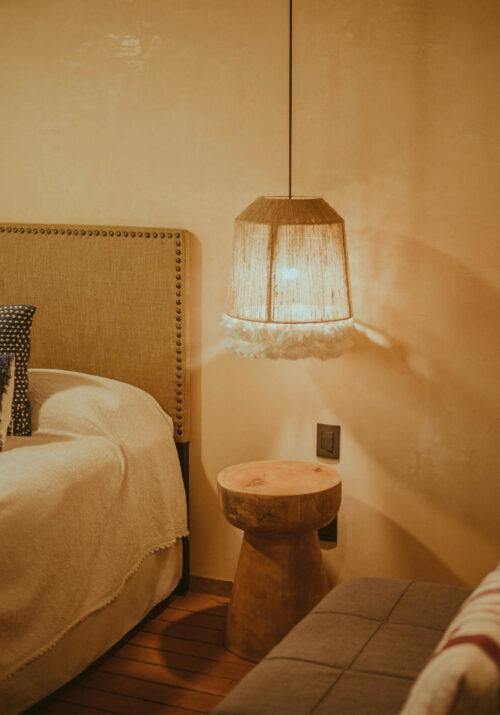Embarking on the journey of designing your apartment is a thrilling endeavor filled with creative possibilities. To ensure a successful outcome, it is essential to establish a strong foundation, and that begins with gaining a deep understanding of your space.
In this all-encompassing guide, we will walk you through a meticulous step-by-step process that includes measuring, planning, and drawing your apartment. By embracing this holistic approach, you will truly master the art of apartment design.

Understanding Scale and Proportion: Setting the Stage
Before delving into the practical aspects of measurements, it’s crucial to familiarize yourself with the fundamental principles of scale and proportion. Scale involves the size of objects in relation to the room, while proportion is about achieving balance among various elements. Scale and proportion is so important, so make sure to use it in your design.
Measuring the Room: A Systematic Approach
Commence the design process by sketching a rough floor plan of the room. Pay attention to door and window placements, architectural details, and built-ins. To simplify future references, assign letter names (A, B, C, D) to the walls.
Utilize a measuring tape with precision as you measure the length and width of the room. Be meticulous in including architectural details, ensuring accuracy by measuring from baseboard to baseboard.
Elevate your planning by creating elevations for each wall. Take note of specific details such as curtains, mirrors, art, light switches, sockets, AC units, vents, and the space under windows. Measure the height of each element to capture the complete essence of the room.
Extend your measurements to encompass any existing furniture that will either remain or be incorporated into the room. This step is crucial for visualizing available space and optimizing furniture placement for both functionality and aesthetic appeal.
Capture the essence of the room by taking clear and clutter-free photos of each wall and corner. This visual documentation provides valuable insights into the potential of the space.
Consider transferring your initial rough sketch and dimensions to a computer program for a more polished representation. Explore free online tools like Plan Your Room, Roomstyler, and Floorplanner to create scaled floor plans efficiently.
Save both your plans and photos on your mobile device, and contemplate printing them for the creation of a swatch book or design portfolio. This tangible reference becomes a valuable tool in your creative process.
Embark on a journey to master apartment design with a step-by-step guide on measuring, planning, and drawing your space – your key to creating a well-designed home. Keep reading to unleash the potential of your living space.
Tips for Accurate Measurement: A Closer Look
Using a Measuring Tape: Achieving precise measurements with a tape involves extending it straight for accurate readings. Opt for metric measurements to maintain consistency and simplicity. Ensure all numbers and words align in the same direction, promoting easy readability. To ensure proper orientation, mark the north direction on your sketch.
Additional Tape Measure Tips:
- Stand behind the bend of the tape for accuracy.
- Utilize the hole in the metal piece to transform your tape into a makeshift compass.
- Leverage the metal piece as a pencil for marking on wood.
- Utilize the tape measure as a scribe for precision when cutting wood or other materials.
Visualizing Furniture Placement: Go beyond measurements by physically taping the floor with correct furniture dimensions. This hands-on approach provides a tangible representation, allowing you to visualize remaining space and establish efficient walkways, ensuring both functionality and aesthetic appeal.

Adding Personal Touches and Tips: In addition to the fundamental steps, consider incorporating personal touches and additional tips to enhance your apartment design journey.
- Color Palette Exploration: Dive into the world of color palettes. Experiment with various combinations to find a scheme that resonates with your style and complements the overall aesthetic you envision for your apartment.
- Greenery and Natural Elements: Integrate plants and natural elements into your design. Not only do they add aesthetic appeal, but they also contribute to a healthier living environment by improving air quality.
- Lighting Considerations: Thoughtfully plan your lighting scheme. Incorporate a mix of ambient, task, and accent lighting to create a well-balanced and inviting atmosphere.
- Personal Collections Display: Showcase your personality by incorporating your personal collections into the design. Whether it’s artwork, books, or unique artifacts, displaying these items adds a layer of individuality to your space.
- Flexible Furniture Arrangement: Opt for modular and flexible furniture arrangements. This allows you to adapt your living space to different needs and occasions, promoting versatility in design.
- Layered Textures: Embrace textured elements such as throw pillows, rugs, and curtains to add depth and visual interest to your design. Layering textures creates a cozy and inviting atmosphere.
- Functional Storage Solutions: Prioritize functional storage solutions to maintain a clutter-free environment. Utilize multifunctional furniture pieces that serve both aesthetic and practical purposes.
- Tech Integration: Consider integrating technology seamlessly into your design. Conceal cords, choose furniture with built-in charging stations, and explore smart home solutions for enhanced convenience.
- Signature Scent: Elevate the ambiance of your apartment by introducing a signature scent. Consider scented candles, diffusers, or fresh flowers to infuse a pleasant aroma that enhances the overall atmosphere of your living space.
In conclusion, mastering apartment design is an immersive and rewarding process that goes beyond measurements and floor plans. By incorporating these personalized touches and additional tips, you’ll transform your living space into a reflection of your unique style and preferences.
The holistic approach outlined in this guide, combined with your individual creativity, will result in an apartment that not only looks visually appealing but also serves as a functional and comfortable haven tailored to your lifestyle.











